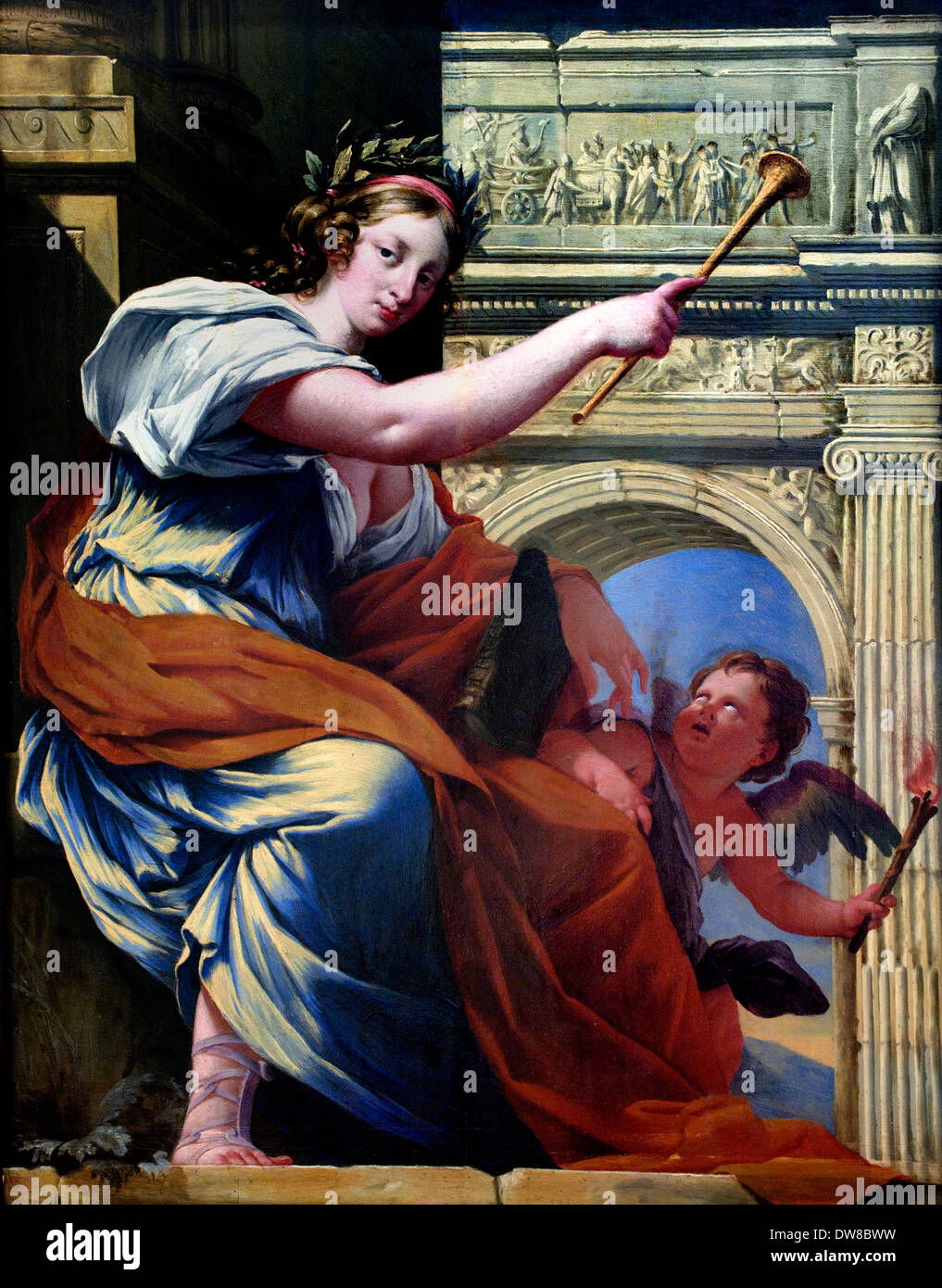

The Sirens, the daughters of Pierus and Thamyris, were all deafed by the Muses who took revenge on their opponents by punishing them. They were excellent singers and dancers but they often found their skills challenged by others and they didn’t like this at all. When Aphrodite found out, she cursed the young Muse so that she would fall in love with Pierus instead.Ĭlio and her beautiful sisters may have been lovely goddesses who were often found singing or dancing, but when angered they could be quite dangerous. In an alternate version of the myth, Clio was said to have had a secret relationship with Adonis who the goddess Aphrodite was in love with. Their son, Hyacinthus, was a very handsome young man but he was later killed by his lover, Apollo, and from his blood grew a hyacinth flower. Aphrodite, who wouldn’t tolerate being slighted by anyone, punished Clio by making her fall in love with the mortal Macedonian King Pierus. Some sources say that she angered Aphrodite, the goddess of love, by reprimanding her or laughing at her for falling in love with Adonis. Her role was to guide and inspire the mortals, reminding them to always be responsible scholars and share what they learned. Clio was responsible for all of the knowledge that came from events, investigations and discoveries throughout history and it was her job to safeguard these.

Public Domain Clio’s Role in Greek MythologyĬlio didn’t play a main role in Greek mythology and she was very rarely identified as an individual.Īs the patron of history, Clio’s role was not only to encourage the retelling of factual historical accounts but also the stories themselves, so that they wouldn’t be forgotten. However, Linus was said to have had different parents, and depending on the source, he was the son of Calliope or Urania, Clio’s sisters. In others, she’s mentioned as the mother of the poet Linus who later died in Argos and was buried there. In some accounts, she was also the mother of the divine hero Hyacinth, by her lover Pierus, or one of the Spartan Kings Amyclas or Oebalus. There are various sources that contain information about Clio’s offspring and there are also many speculations about the actual parentage of her children.Īccording to the myths, Clio was the mother of Hymenaeus, also called Hymen, a minor god of marriage, with Apollo being his father. Although Clio wasn’t a muse of music or the lyre, she’s sometimes shown playing a lyre. In most depictions, she’s portrayed as a beautiful young woman with wings, just like her sisters. In some representations, she’s seen with a water clock (known as a clepsydra) and a heroic trumpet. Being the Muse of history, she’s often depicted with a book, a set of tablets or an open parchment scroll. By Pierre Mignard I, Public Domain Depictions and Symbols of ClioĬlio’s name was derived from the Greek work ‘Kleio’ which means ‘ to proclaim’ or ‘ to make famous’ and she was usually regarded as ‘ the proclaimer’. They were mostly found in the company of Apollo, the god of the sun who had been their tutor as they grew up and whom the Muses held in high regard. Each of them had their own domain in the arts and sciences.Ĭlio spent much of her time on Mount Olympus with her sisters, since they provided their services to the gods. Clio’s siblings included Euterpe, Thalia, Terpsichore, Erato, Melpomene, Polyhymnia, Calliope and Urania. The daughters were known as the Younger Muses, to distinguish them from an earlier set of Muses in Greek mythology. Mnemosye gave birth to nine daughters, one each night for nine nights in a row. According to the ancient sources, Zeus visited Mnemosyne for nine nights in a row and consummated each of those nights after which Mnemosyne became pregnant. Clio was born along with eight other siblings to Zeus, the god of thunder, and Mnemosyne, the Titan goddess of memory.


 0 kommentar(er)
0 kommentar(er)
